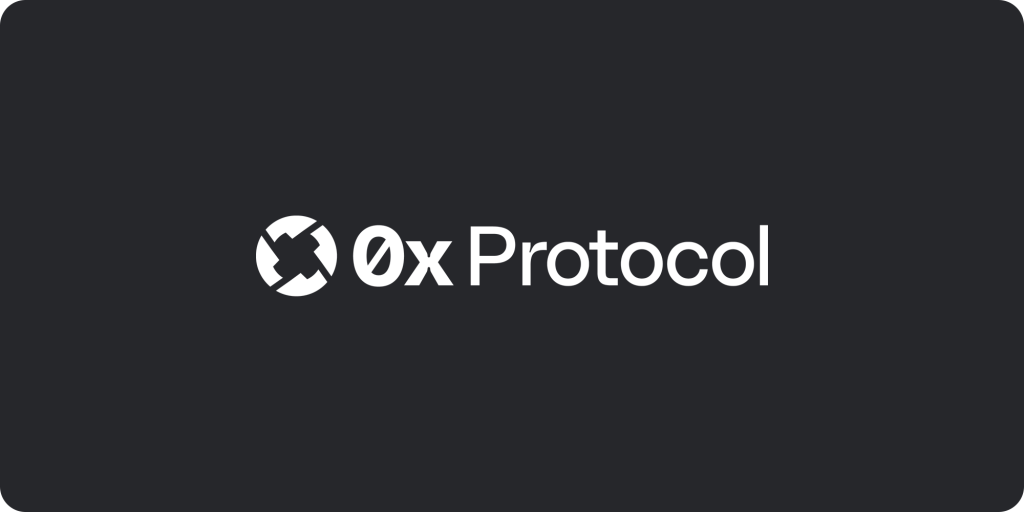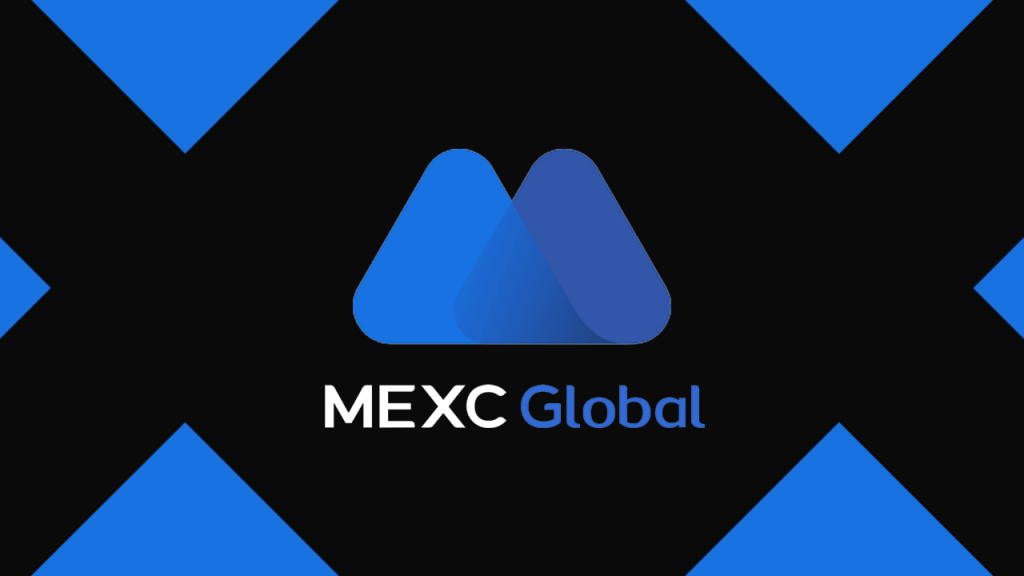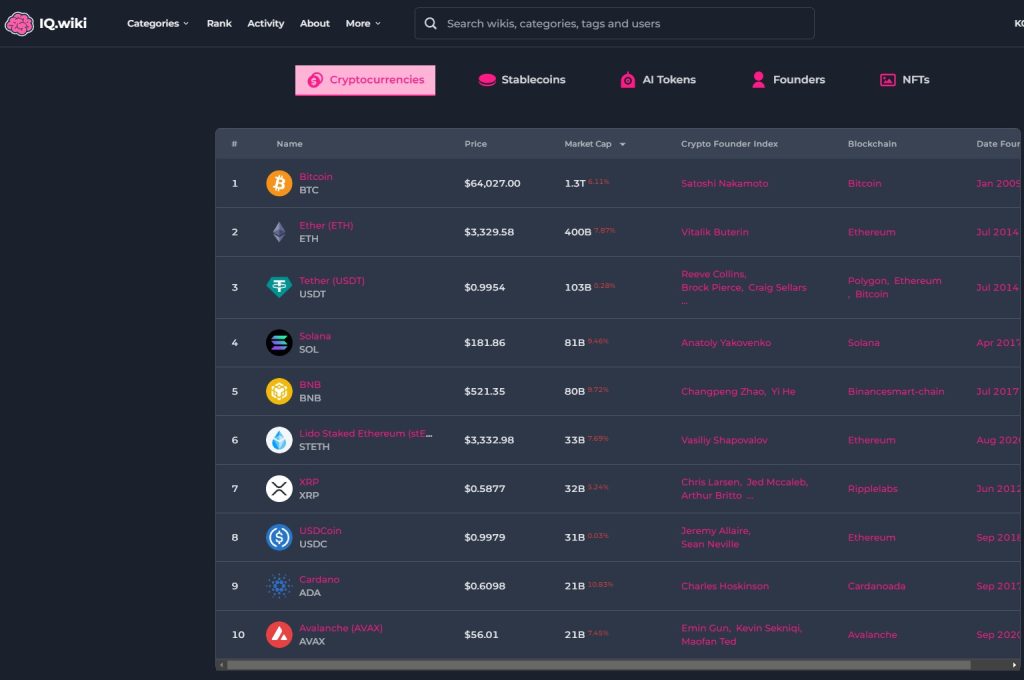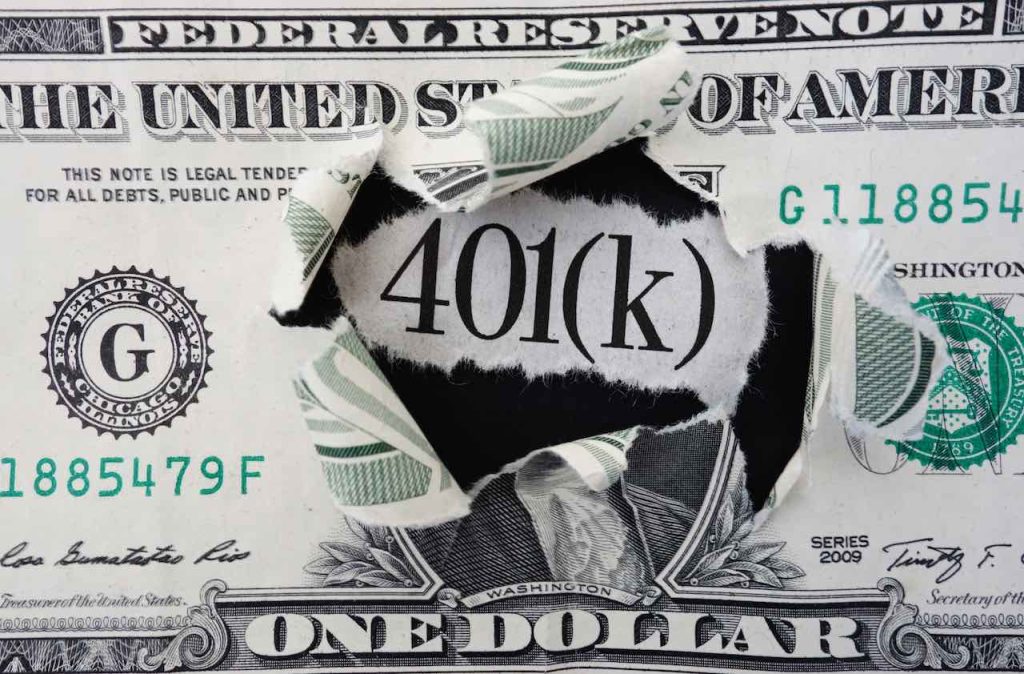Crypto Term – 0x Protocol 0x is an Ethereum-based open source platform for cryptocurrency exchange. This allows you to create functionality on a decentralized exchange (DEX), wallet, or marketplace.
0x is a protocol that facilitates peer-to-peer (P2P) exchange of Ethereum-based assets. Built by 0x Labs, the protocol serves as an open standard and core DeFi building block for any developer requiring exchange capabilities. 0x provides secure and audited smart contracts. Developer tools tailored to the 0x ecosystem; Decentralized global P2P order book (0x Mesh) API for easy access to aggregated liquidity sourced from a growing network of exchanges
What is the 0x protocol?
Builded on the Ethereum blockchain, 0x is an open source protocol that enables seamless peer-to-peer exchange of cryptocurrencies. The team sees a future where the Ethereum network will be used to tokenize all forms of assets.
For example, when selling a home, instead of going through a lengthy process involving lawyers and escrow agents, the 0x Protocol is a comprehensive solution that can be used to tokenize real estate and transfer ownership to the buyer through smart contracts. Provides: This eliminates the need for costly intermediaries and speeds up the entire process to turn real estate into liquid assets.
The 0x Launch Kit allows anyone to create their own decentralized exchange (DEX) on top of 0x and collect fees for their services. The 0x protocol is a standard message format for exchange, comparable to SWIFT. SWIFT is the standard messaging system used by banks around the world to communicate about fiat currency transfers.
The 0x Application Programming Interface (API) has also been launched, which combines liquidity across the network and allows customers to exchange assets at always higher prices.
How does the 0x protocol work?
On the Ethereum blockchain, the 0x team has created a standard protocol that allows token exchange and building new decentralized apps (dApps). These new initiatives built on top of the 0x protocol are called relayers because they can store off-chain order books and charge transaction fees (or other fees) for their services.
Projects such as Augur, Status, District0x, Dharma, Blocknet, Request Network, and many others have already chosen to build on top of 0x.
As a decentralized exchange, 0x Protocol does not have the disadvantages of centralized exchanges. Centralized exchanges offer ease of use, high-performance trading, and advanced tools, but they also have a number of drawbacks, such as security failures (intermediaries can be hacked, shut down, or have customer funds stolen) and downtime. (due to increases or high traffic spikes) and various fees.
In this sense, decentralized exchanges remove trust requirements by allowing anyone to trade on the Ethereum blockchain without having to deposit money through a central authority.
Untrustworthy situations have their own challenges and disadvantages. Decentralized exchanges have certain drawbacks, including the fact that every new transaction or change must be verified on the blockchain, which can be costly and time-consuming.
The 0x protocol seeks to address these inefficiencies by integrating off-chain order relay with on-chain settlement. This means that users can push orders off the blockchain for processing by other users, and only valuable orders are processed on-chain, saving users gas costs. It’s simply a safer, cheaper and faster way for consumers to exchange ERC20 tokens.
ZRX is 0x’s native governance and staking token. Owning ZRX allows you to see how the protocol evolves, and token holders can also earn ETH liquidity rewards by staking their tokens.
Launched in 2017 with the mission to “create a tokenized world where all value can flow freely,” 0x dreams of a world where all forms of value are tokenized on public blockchains. This includes fiat currencies, stocks, commodities, bonds, debt instruments, real estate, video game items, software licenses, digital collectibles, personal tokens, etc.
Combined with other freely configurable DeFi building blocks, 0x Labs seeks to build a global financial system that is more efficient, transparent, and equitable than any system that has existed in the past. This new infrastructure is intended to be free to use and run on open source code, eliminating a layer of middlemen and giving individuals greater financial sovereignty.
Examples of the types of things you can build on top of 0x include:
Decentralized exchange for X asset on Y market
eBay-style digital goods marketplace
Market making or arbitrage bots
DeFi protocols that require liquidity and exchange (e.g. derivatives, lending or options protocols)
Over-the-counter (OTC) trading desk
0x can also be integrated into existing applications where exchange is a feature rather than the core purpose of the application. These applications may include:
Games that use in-game currency or items
Digital wallet with users wishing to exchange tokens
Portfolio Management Platform
As of this writing, the 0x protocol has been integrated into numerous cryptocurrency projects and has generated billions of dollars in trading volume. . In June 2020, 0x Labs launched Matcha, a DEX aggregator focused on simplicity and intuitive user experience. Like Expedia and Kayak for travel, Matcha uses the 0x API to source the best prices from a growing number of exchange networks.
What makes the 0x protocol unique?
The message structure of the 0x protocol consists of several data fields that contain important information such as the digital asset or token to be exchanged, the transaction price, expiration time, and the stated identity of the parties to the transaction.
Smart contracts handle business logic to create, send, receive, and process data related to transaction activities. It also leaves room for any needed improvements in the future. Upgrade provisions are required when adjustments are required to comply with changing laws or changes related to the essential operation of the Ethereum blockchain network.
Relayors are also used in the system, which act as order collectors and broadcast orders from specific market participants to the market or exchange.
Decentralized Exchange
To better understand the 0x protocol, it is useful to first review the basics of decentralized exchanges, or DEXs. Centralized exchanges act as trusted intermediaries that facilitate the trading of various crypto assets and often act as custodians by storing and securing your funds. In contrast, DEXs eliminate custodial middlemen and instead facilitate peer-to-peer exchange of cryptocurrency assets, often offering unique assets not available on centralized exchanges. DEX utilizes secure smart contracts to match and complete transactions between peers and does not act as a custodian.
DEXs often face issues related to usage and liquidity. 0x solves these challenges by providing a flexible DEX architecture, comprehensive developer documentation and tools, an easy-to-integrate 0x API, and network crypto liquidity pools accessible through 0x Mesh (both native 0x sources and other exchange networks). A fully decentralized peer-to-peer global order book that operates independently of the Ethereum blockchain.
Some platforms utilizing the 0x protocol include Matcha, Tokenlon, MetaMask, Augur, DeFi Saver, Radar Relay, etc.
Flexible off-chain relay, on-chain payment architecture
What makes the 0x protocol different from other DEX protocols is its hybrid off-chain relay, on-chain payment architecture. Unlike other decentralized exchanges that only operate on-chain, 0x does not store orders on the blockchain. Instead, orders are stored off-chain, and only transaction settlement occurs on-chain. These unique features make 0x a flexible and gas-efficient DEX protocol for developers to build on.
The user who creates the 0x order is called the ‘maker’ and the user who creates the order is called the ‘taker’. When creating an order, the creator displays the details of that order, including the tokens they wish to exchange and the price they wish to exchange them for.
0x If the order writer already knows the desired counterparty, the order can be sent directly to that trader (e.g. via messaging system such as email, chat, OTC, etc.). If the maker does not know which counterparty is willing to accept the trade, the order can be submitted via 0x Mesh to a 0x broker such as Matcha or MetaMask. A “relayer” is any object that helps traders create, retrieve and process 0x orders. It is important to remember that brokers do not act as trusted intermediaries and do not execute transactions. They can only maintain off-chain 0x order books and collect fees for transaction facilitation services.
If someone finds a 0x order created by a maker and wants to fill it, they can fill it by submitting the order to the blockchain along with the amount they want to fill. The 0x protocol’s settlement logic verifies the producer’s digital signature and ensures that all transaction conditions have been met. Once satisfied, tokens are atomically exchanged between maker and taker directly to their wallets.
ZRX
ZRX tokens provide both governance and staking utilities.
Governance
ZRX token holders can vote on the 0x Enhancement Proposal (ZEIP), a public proposal to change the 0x pipeline behavior of smart contracts, including its parameters. This can also be extended to off-chain tool offerings when it comes to how contracts interact. Each token is equal to one vote, so voting power is determined by the amount of tokens an individual holds. Voting currently takes place off-chain on the 0x website and incurs no gas fees. A snapshot of an Ethereum block, whose verification matches as closely as possible the entire voting period (typically 7 days), freezes all votes. If a voter moves tokens from their wallet before this snapshot, their vote will not be registered. This “lock-in” ensures that voters are exposed to the financial consequences of their actions.
Market Maker, Staking and Liquidity Rewards
In 2019, 0x revamped its token economics to encourage greater ownership of the protocol among market makers by introducing financial incentives based on the amount of liquidity they inject into the ecosystem. Market makers who stake ZRX tokens receive liquidity rewards through protocol fees applied to all 0x transactions. Fees are denominated in ETH and deposited into the staking contract. Fees are aggregated within the staking contract over a fixed period of time called an epoch. At the end of each era, market makers who have staked ZRX tokens collect a portion of the accumulated pool.
Market makers can contribute stake themselves or build a 0x staking pool where ZRX token holders can delegate their stake. Staking also takes place on the 0x website. Each staking pool specifies a fixed percentage of future liquidity rewards to be shared with the pool’s stakers. Building a 0x staking pool allows market makers to participate in liquidity rewards programs without locking up funds that can be used as working capital. Half of the voting power associated with the delegated ZRX tokens will be under the control of the market maker. For this reason, potential stakers should evaluate their options carefully before participating in the pool.
In return for delegating their tokens to a market maker, stake holders will receive a proportional share of liquidity rewards from the pool (based on the number of tokens delegated and a fixed percentage of the rewards shared by the market maker). .
It is important to note that staking on 0x works differently than other proof-of-stake (POS) systems. Staking on other POS systems typically involves validating blockchain transactions based on the number of tokens held against a fixed return rate, also known as an “inflation” rate. As described above, staking for 0x is built around providing incentives to market makers who: It brings the liquidity needed for markets to function efficiently, which is critical to growing the entire network and providing better prices to all traders. Unlike the fixed returns associated with other POS systems, 0x staking returns are dynamic. As more trading volume flows into 0x, network and protocol fees, and thus staking rewards, also increase proportionally.
The utility of the ZRX token in 0x’s governance and liquidity structure is an essential aspect of decentralization. Not only is the core exchange functionality non-custodial, but protocol fees earned from transactions are also distributed to all ZRX token holders.
0x Protocol is an open, community-oriented product that contributes to Ethereum’s rapidly growing DeFi ecosystem and pioneers a new business model that prioritizes community usage over short-term profits.
0x Labs also seeks to expand beyond Ethereum, further solidifying the 0x protocol as a key DeFi building block for a multi-blockchain future.






